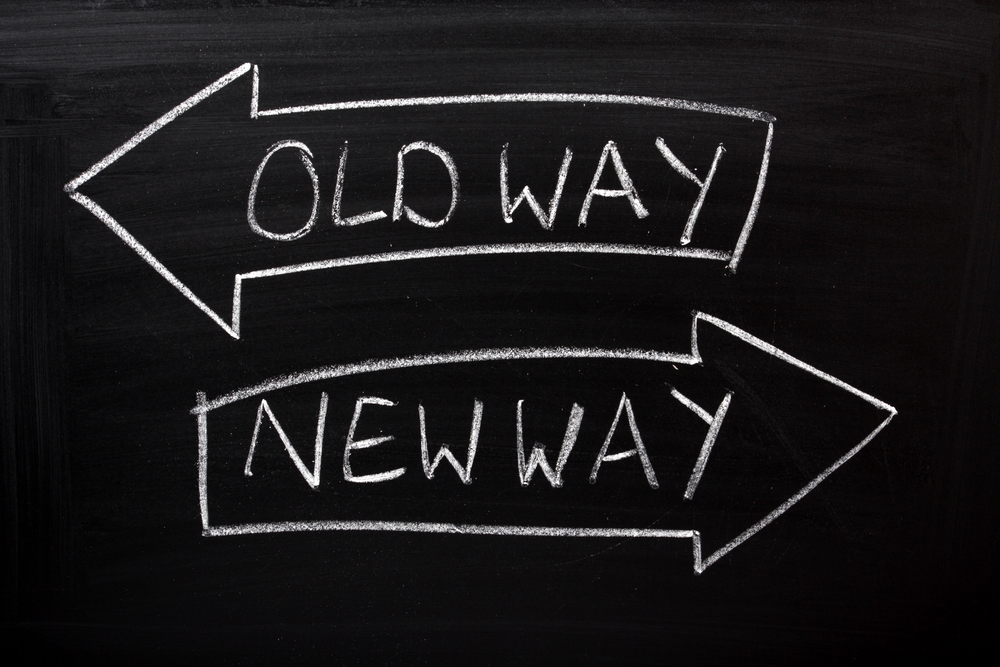
Do Change Management Steps Really Work?
Organizational change management consulting experts know that changing habits and behaviors is one of the hardest things humans do — just ask anyone who has ever tried to diet or keep a New Year’s resolution. The parallels between personal and organizational change are striking, and the lessons are invaluable.
The Change Called “Weight Loss”
According to the Centers for Disease Control and Prevention (CDC), 62% of American adults are overweight or obese, a condition strongly associated with heart disease, diabetes, and sleep apnea. Clearly, there’s an urgent need for effective change. Yet, Colorado State University reports that while 50 million Americans go on a diet each year, only 5% keep the weight off.
The study found that although many people initially succeed, most fail to sustain the new behaviors — such as reducing calorie intake or exercising consistently — over time. This mirrors what happens in organizations when change initiatives start strong but lose steam once the “newness” fades and daily pressures return.
New Year’s Resolutions Tell the Same Story
The pattern repeats with New Year’s resolutions. U.S. News reports that about 80% of resolutions fail by mid-February, and a University of Scranton study found that only 8% of people achieve their goals. Whether it’s exercising more, quitting smoking, or reducing debt, most people underestimate how hard sustained change can be.
In business, it’s no different. Research by McKinsey shows that roughly 70% of organizational change initiatives fail, often because leaders underestimate the human side of transformation—motivation, reinforcement, and sustained support.
What Are Resolutions Really About?
Ultimately, resolutions — and organizational changes — are about shifting behavior. We know from change management training that behavior change begins in the mind. Neuroscience tells us that creating new habits requires new neural pathways—essentially rewiring the brain to support new thinking patterns and choices.
But mindset alone isn’t enough. People change faster and more effectively when their environment also changes to reinforce new behaviors. That’s where disciplined change management steps make the difference.
Three Proven Steps to Effective Change
But people also change when their circumstances change. If you as a change leader can follow proven change management steps to modify the environment so that the new behavior is positively reinforced, organizational change is more likely to be successful.
The Bottom Line
Project postmortem data tells us that change management steps work when they go beyond slogans and focus on real human behavior. Aligning rewards and consequences, leveraging authentic role models, and providing meaningful support create the conditions where new habits can take root and thrive — whether the change is personal or organizational.
To learn more about organizational change and the proven change management steps to help get you where you want to go, download A New Research-Backed Way for Leaders to Think About Change Today
Explore real world results for clients like you striving to create higher performance